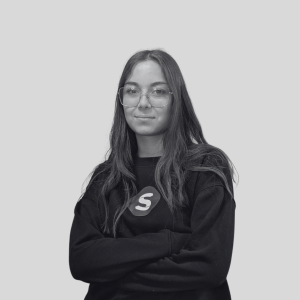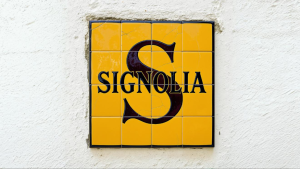

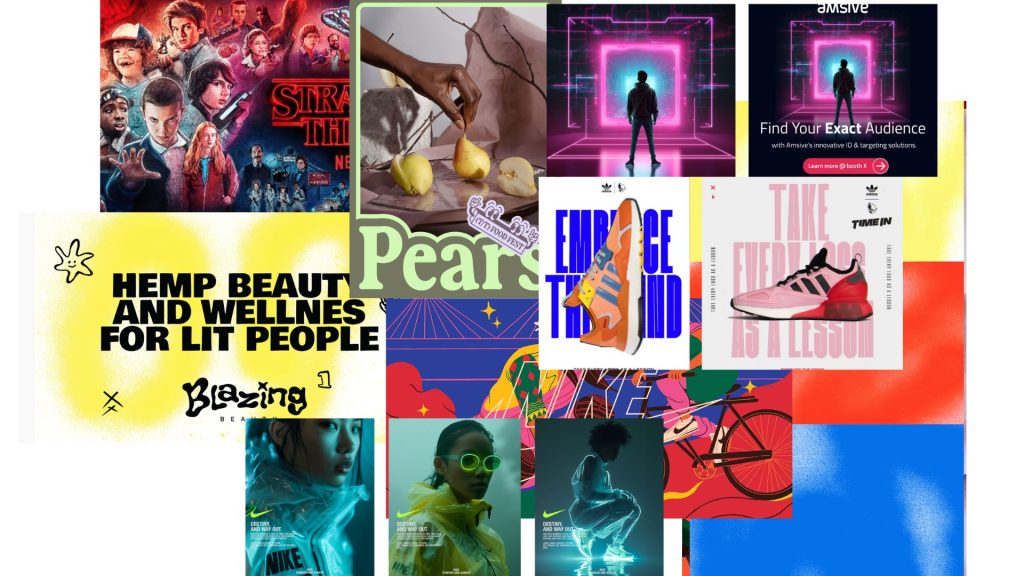
Graphic design continues to evolve and adapt to new developments and trends that help to improve aesthetics and transmit the message to connect with the public.
We know that artificial intelligence is beginning to play a key role in this sector, but what other innovations and designs are going to be used the most in 2025?
In this article we tell you 8 new features that will give meaning to graphic design and help inspire us.
In 2025, graphic design will evolve giving way to textures that make it more real and attractive. They will play a key role, bringing depth and realism to the images. Effects such as film grain, visual materials such as wood, fabric or paper and subtle gradients will make designs feel closer and more authentic. This trend responds to the saturation of the digitally perfect, seeking an aesthetic that better connects with the emotions of the viewer.
However, this does not mean that minimalism will disappear. Instead, it is reinvented with a more futuristic style that is combined with modern details, such as metallic reflections, holographic effects and well-defined geometric lines, allowing the designs to remain impactful without losing clarity or functionality. Overall, this evolution points to more immersive and expressive visual communication.

The retrofuturism It will be more present than ever in graphic design, fusing the vintage of the 80s and 90s with a futuristic vision inspired by that era. Neon colors, pixelated graphics, and glitch effects combine with cyberpunk elements to bring to life a vibrant and eye-catching style.
This trend also influences typography and color palette. Classic typefaces from the retro era are being revived, but integrated into modern compositions to create a unique contrast. This mix of old and new is ideal for brands that want to stand out with an identity that combines the classic with the innovative.
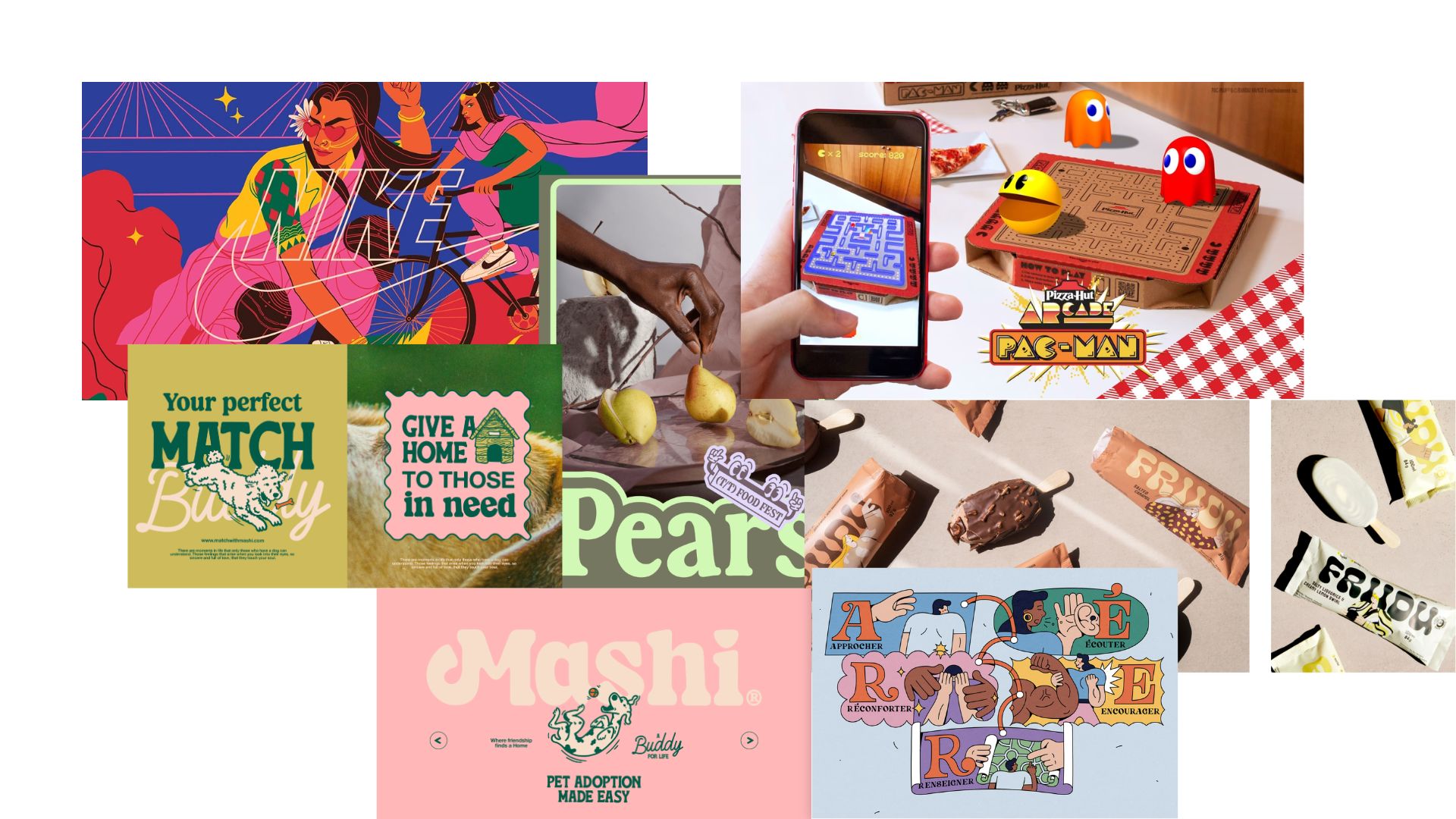
Indeed, maximalism is back to fill designs with colors, details and striking elements. Instead of reducing to a minimum, this trend is committed to visual abundance, with compositions full of life that invite you to stop and explore every detail.
Although at first glance they may seem chaotic, maximalist illustrations are meant to capture the viewer's attention. They have become popular at events, posters and digital platforms because they manage to stand out and leave a mark.
Of course, this style is a challenge in printing, as it requires colors and details to look as they were designed. Luckily, new printing technologies are making this possible, allowing maximalism to shine through on both screens and paper.
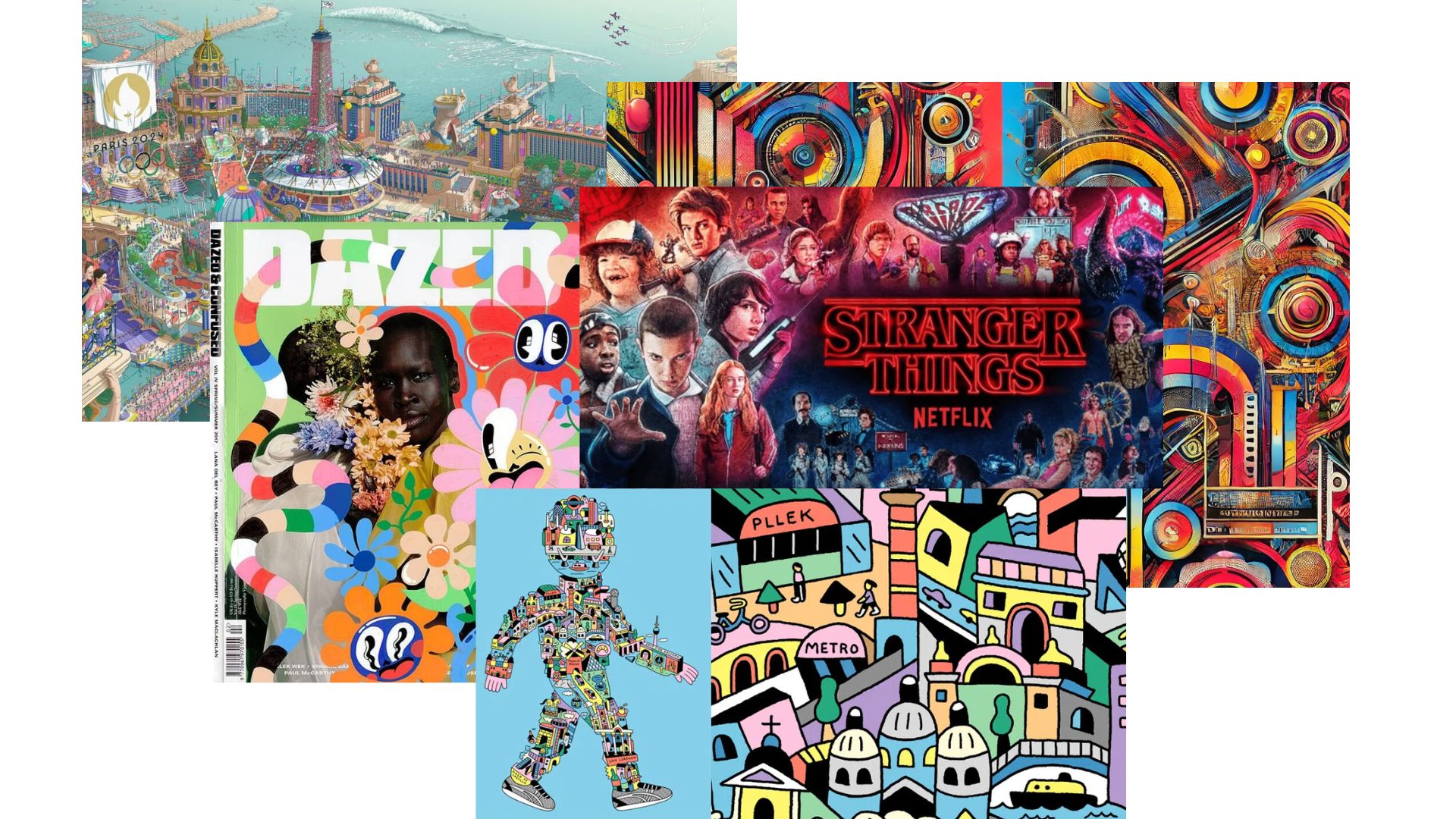
However, minimalism will continue to be present, but with a more daring and striking approach. It is no longer about empty spaces with a lot of space, but a combination of a few elements can convey an impactful message.
Thick typographies, intense colors and direct compositions replace delicacy, to achieve a clean design but with more personality.
By 2025, artificial intelligence will be at the center of graphic design, streamlining creative processes with tools such as Canva, Photoshop or Freepik. It is now possible to generate textures, remove backgrounds automatically, and edit images in seconds with advanced features, making the designer's daily work easier. This technology allows time optimization, increased precision and opens up new visual possibilities, becoming a key tool for creating dynamic and innovative compositions with less technical effort.
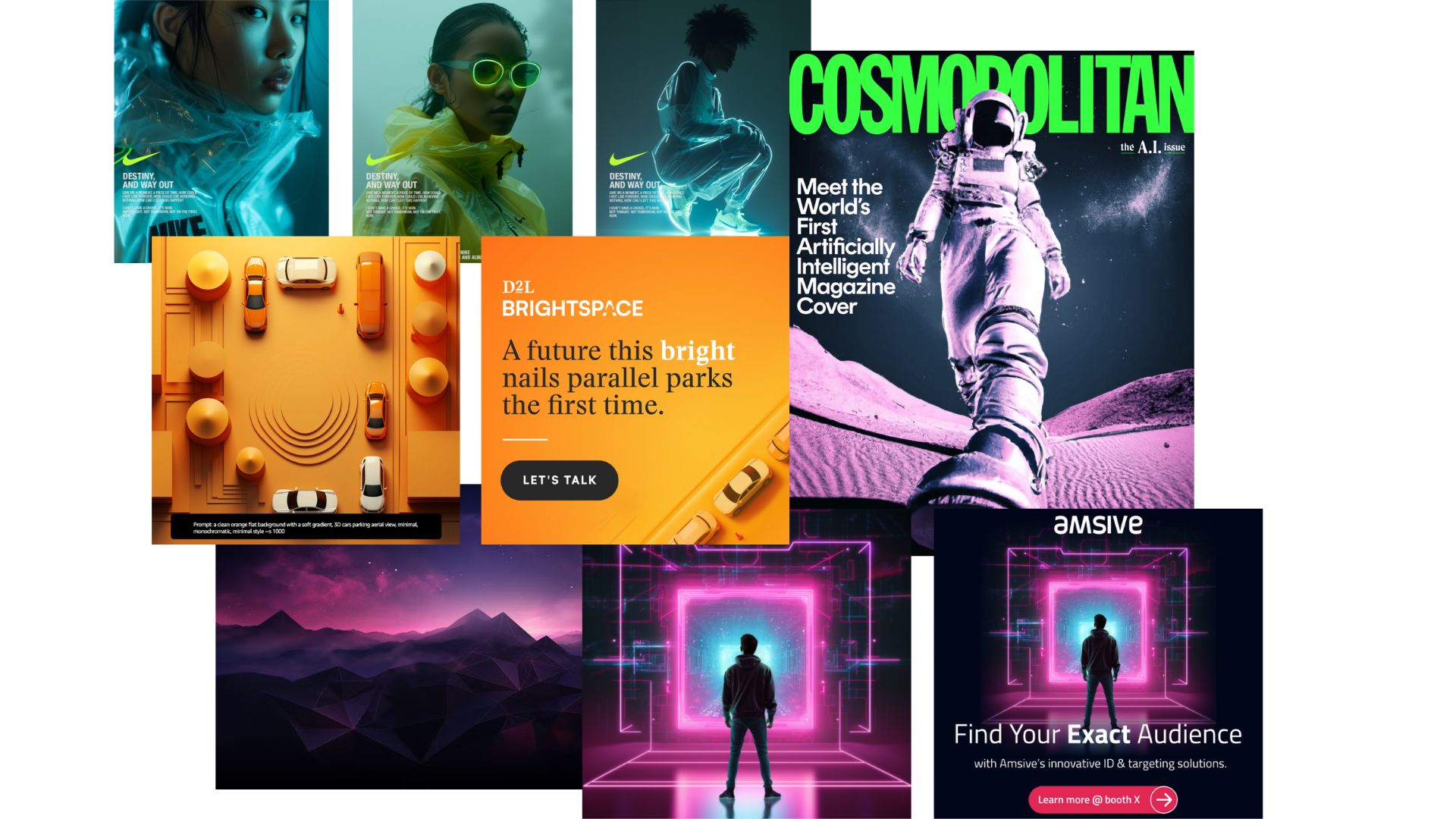
Graphic design continues to evolve, adapting to new trends that combine aesthetics with functionality to generate a deeper connection with the public. Innovations such as realistic textures, retrofuturism, maximalism, and bold minimalism are redefining the way we perceive visual creations. While some trends are inspired by the past, others are committed to a futuristic and bold approach, reflecting the desire to convey more authentic and emotional messages. In 2025, graphic design will be a perfect mix of nostalgia and modernity, always seeking to captivate and inspire through its adaptability and creativity.
